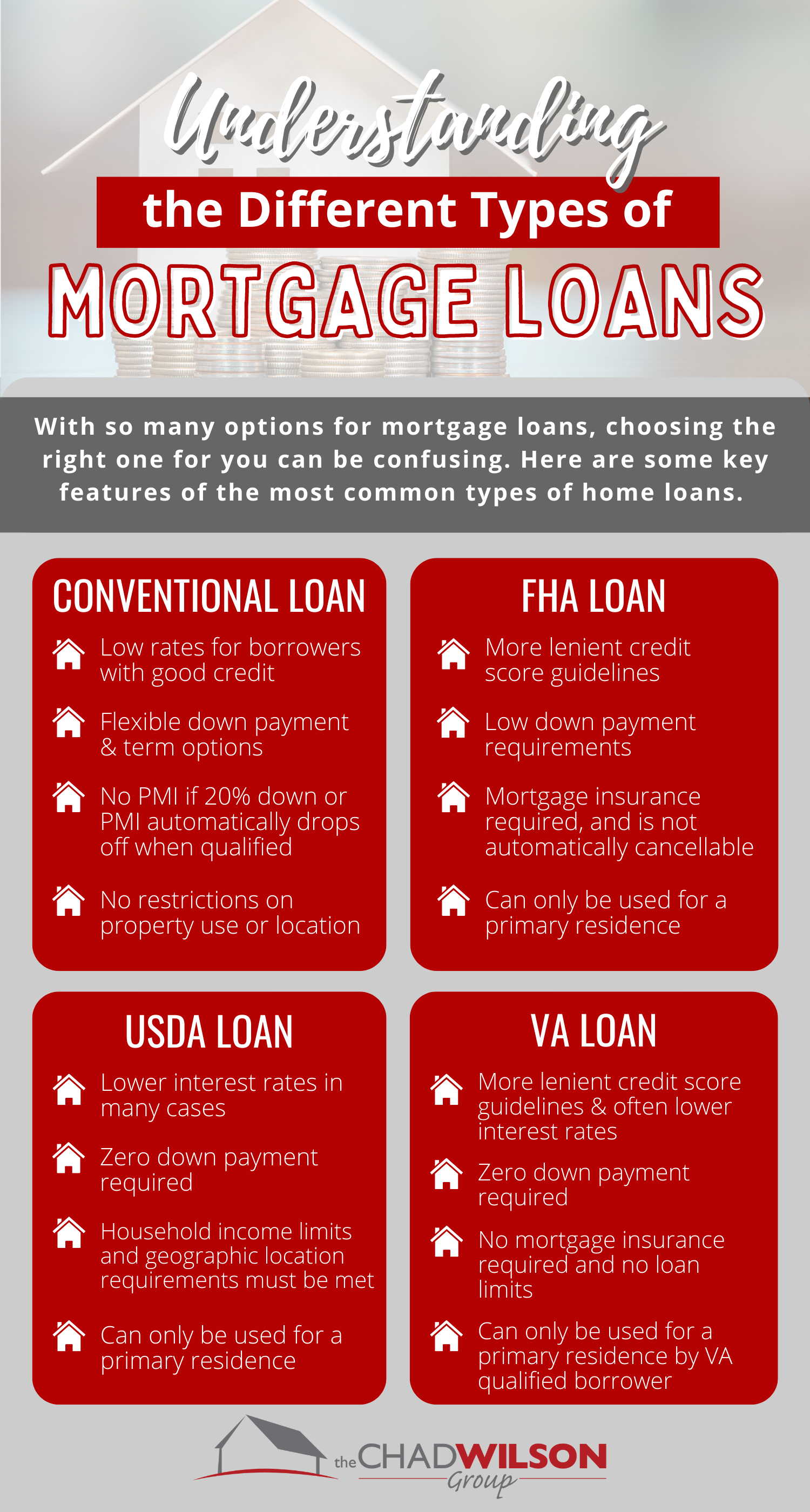Optimize Your Homebuying Prospective with Conventional Mortgage Loans
Wiki Article
The Necessary Elements to Think About When Deciding On Between Fixed-Rate and Variable-rate Mortgage Finances
When reviewing home mortgage alternatives, debtors encounter a critical choice in between adjustable-rate and fixed-rate car loans, each presenting prospective risks and distinct benefits. Trick considerations such as rate of interest stability, predictability in month-to-month repayments, and the ramifications of possible price modifications can considerably influence lasting economic wellness. Moreover, understanding the expected duration of homeownership and the total expense of loaning can shape one's technique. As these variables link with specific economic circumstances and take the chance of resistance, the implications of this choice may not be as simple as they seem. What nuances should be prioritized in this crucial decision-making process?Interest Rate Security
When selecting a mortgage, understanding rate of interest stability is important for informed decision-making. Interest rates can considerably affect the overall expense of a home loan, and identifying the nature of these rates is essential for debtors. Fixed-rate home loans supply the advantage of consistent monthly payments over the life of the funding, shielding debtors from market changes. This security enables home owners to prepare their financial resources with greater certainty, as they will certainly not be affected by increasing rate of interest.On the other hand, variable-rate mortgages (ARMs) start with lower first rates that might transform regularly based on market conditions. While this can result in reduced settlements at first, it additionally introduces uncertainty, as borrowers might encounter raised payments if rates of interest climb. For those thinking about an ARM, it is vital to evaluate the probability of price adjustments, the capacity for settlement increases, and the length of the first fixed-rate duration.
Ultimately, the choice in between fixed-rate and adjustable-rate mortgages hinges on specific threat tolerance and monetary situations. Understanding rate of interest stability helps customers make informed decisions that straighten with their lasting financial objectives.
Month-to-month Settlement Predictability
While borrowers usually focus on rates of interest stability, the predictability of month-to-month payments is just as vital in the mortgage option process (Conventional mortgage loans). Monthly payment predictability plays an essential role in budgeting and economic preparation, as it directly impacts a homeowner's capital and general financial health and wellnessFixed-rate home mortgages supply a consistent monthly settlement throughout the life of the car loan, allowing borrowers to anticipate and plan their expenditures properly. This stability can be particularly advantageous for first-time property buyers or those on a fixed income, as it eliminates the unpredictability related to fluctuating payments.
Alternatively, adjustable-rate home mortgages (ARMs) commonly include lower preliminary settlements that can change over time, causing potential irregularity in regular monthly responsibilities. While initially attractive, this changability can make complex economic planning, specifically if borrowers do not represent future price adjustments.
Prospective Rate Adjustments
In the realm of variable-rate mortgages (ARMs), prospective rate modifications stand for a considerable variable that borrowers need to carefully take into consideration. Unlike fixed-rate mortgages, where the interest rate continues to be the same for the life of the funding, ARMs are identified by changing passion prices that are tied to market indices. This irregularity can go to these guys result in considerable modifications in month-to-month repayments, affecting the debtor's monetary preparation and budgeting.Usually, ARMs have a preliminary fixed-rate duration throughout which the rate of interest is stable. After this duration, nonetheless, the rate changes at predetermined periods-- frequently each year. Customers should understand the margin and index made use of to compute these adjustments, as they straight affect future rate of interest. Additionally, ARMs frequently include caps that restrict just how much the rate of interest can enhance at each modification and over the life of the funding, which can offer some level of defense against extreme rate walks.
Comprehending these prospective modifications is essential for consumers, as they straight influence long-lasting repayment obligations. As a result, examining individual financial scenarios and risk resistance is crucial when determining whether an ARM lines up with one's financial goals.
Financing Term Factors To Consider
Loan term considerations play a crucial duty in the decision-making webpage process for borrowers selecting between fixed-rate and adjustable-rate mortgages. The size of the lending term dramatically impacts month-to-month payments, interest rates, and total financial planning.
Inevitably, debtors should examine their personal circumstances, economic objectives, and market conditions when considering the ramifications of financing term selections within each home loan kind.

Total Price of Borrowing
click over here now The overall cost of borrowing is a critical element that can considerably influence a customer's choice in between fixed-rate and adjustable-rate home mortgages. Fixed-rate home loans supply predictable month-to-month repayments, as the rate of interest remains constant throughout the finance term. This predictability can result in lower overall costs, particularly in a stable or decreasing rates of interest atmosphere. Debtors can budget efficiently, knowing their repayments will not change.On the other hand, variable-rate mortgages (ARMs) generally begin with reduced preliminary rates, resulting in decreased in advance expenses. These prices can increase after a first period, leading to possibly greater long-term costs. Borrowers have to think about the regularity and level of rate modifications, as well as the overall funding duration, to accurately examine the economic implications.
Additionally, the general expense of loaning incorporates not only rate of interest however also charges and various other linked prices, such as shutting costs and insurance policy (Conventional mortgage loans). Consequently, when reviewing mortgage alternatives, borrowers must conduct an extensive expense analysis over the life of the financing. By doing so, they can make an educated choice that lines up with their economic goals and run the risk of resistance
Verdict
Passion rate stability and month-to-month settlement predictability are paramount for effective budgeting, while the capacity for price modifications in ARMs introduces financial unpredictability. Furthermore, the awaited duration of homeownership and the general price of borrowing, including interest prices and associated fees, need to line up with specific economic circumstances and run the risk of tolerance.Trick considerations such as rate of interest rate stability, predictability in month-to-month settlements, and the effects of prospective price modifications can considerably influence lasting economic wellness. Rate of interest prices can considerably affect the general expense of a home loan, and acknowledging the nature of these prices is essential for borrowers. Unlike fixed-rate home mortgages, where the passion rate continues to be the same for the life of the financing, ARMs are defined by rising and fall rate of interest prices that are linked to market indices. Additionally, ARMs frequently include caps that limit how a lot the passion price can enhance at each change and over the life of the financing, which can give some level of defense against radical rate walks.
Passion rate stability and month-to-month payment predictability are paramount for reliable budgeting, while the potential for price adjustments in ARMs presents financial unpredictability.
Report this wiki page